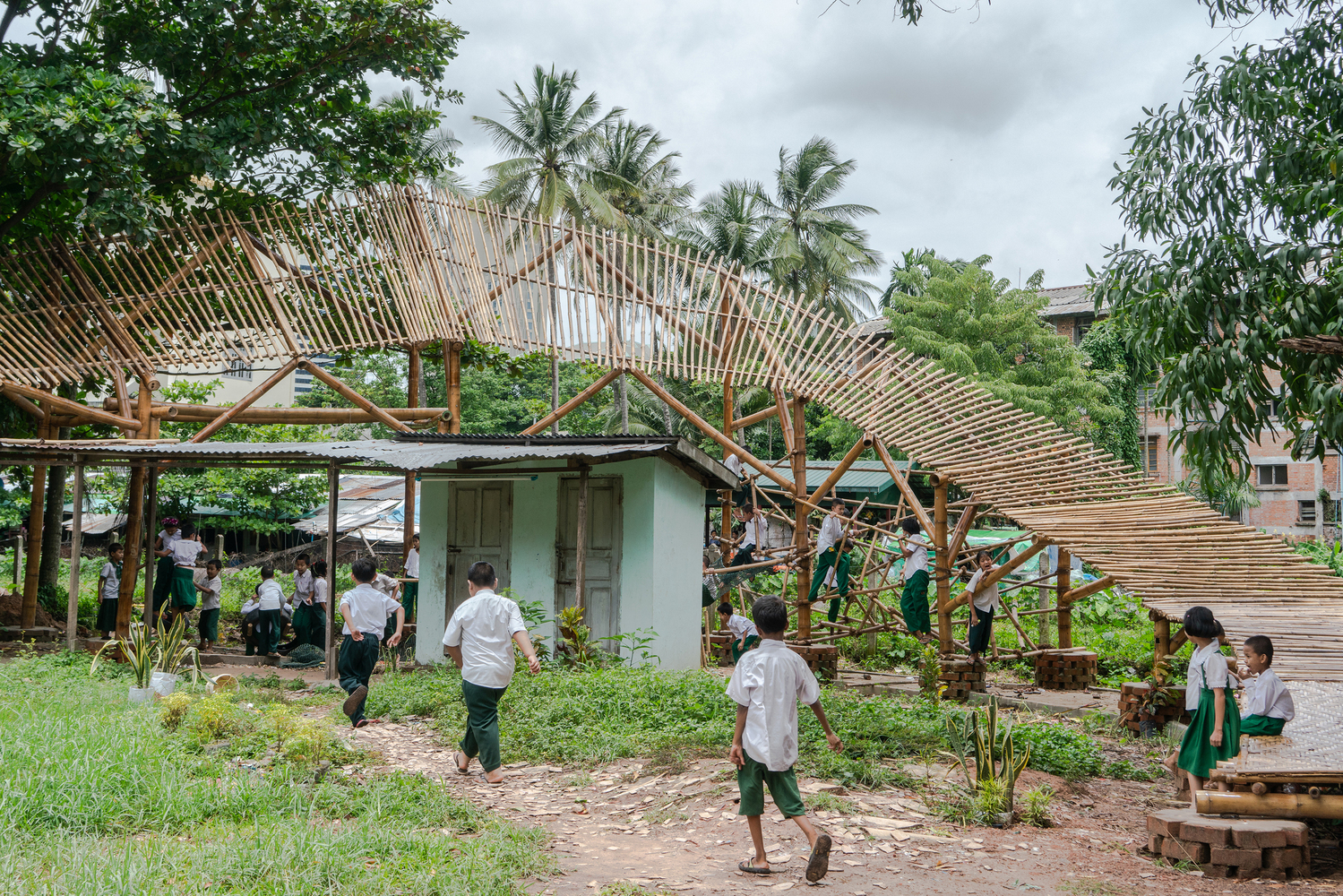
"Modern playgrounds are blurring the lines between play and the environment, creating playscapes that double as climate-resilient infrastructure."
"Designers use color to organize activity, create topographic landscapes that encourage exploration, and integrate water for both sensory engagement and urban cooling."
"Play structures are often reimagined as artistic installations that foster creative interaction, while the inclusion of diverse recreational facilities helps transform these spaces into inclusive, multi-generational community hubs."
"Beyond its aesthetic appeal, color zoning is a design strategy used to define different functional areas within urban playgrounds."
Urban playgrounds are evolving into dynamic landscapes that go beyond traditional play equipment. They address urban challenges, promote community interaction, and inspire creativity. Key trends include vibrant color zoning, which segments functional areas while creating a cohesive urban identity. These playgrounds also serve as climate-resilient infrastructure, managing storm runoff and flooding with rain gardens and water features. They cater to diverse age groups through dedicated recreational facilities. Design principles focus on color organization, topographic landscapes for exploration, and artistic play structures that enhance engagement.
Read at ArchDaily
Unable to calculate read time
Collection
[
|
...
]